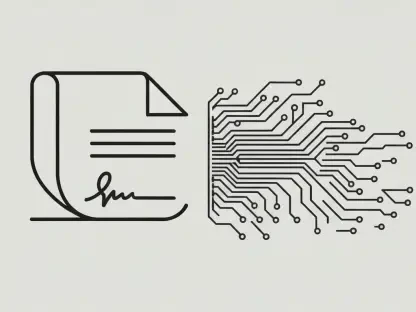Tariffs and climate-induced disasters are exerting significant pressure on insurance costs across the U.S., affecting millions of households and driving premium increases. The purpose of this market analysis is to delve into the underlying causes, current trends, and future projections related to these escalating insurance costs. This comprehensive overview will equip readers with valuable insights into the dynamic forces shaping the insurance landscape.
Context and Historical Background
Understanding the present scenario requires a look back at historical trends and events. The insurance industry has consistently adapted to fluctuating economic conditions, regulatory changes, and environmental crises. Historically, tariffs have caused market disruptions, while natural disasters have periodically triggered spikes in insurance claims. These past occurrences provide a vital context for comprehending ongoing and future trends in insurance cost inflation.
Tariffs Influencing Market Dynamics
Construction and Repair Cost Impacts
An important factor in the rise of insurance costs is the influence of tariffs on building materials. Tariffs on imports from nations such as China, Canada, and Mexico have significantly disrupted the construction supply chain. This has led to increased costs for both repairs and new constructions. Comparatively, similar complications were observed during the COVID-19 pandemic, where material shortages and price surges forced insurers to raise premiums to manage the climbing expenses.
Rising Auto Insurance Premiums
Tariffs have also extended their impact to the auto insurance sector. The 25% tariff on imported vehicles and automotive parts has driven up the cost of vehicle repairs. Consequently, car owners are witnessing an 8% increase in full-coverage car insurance premiums. States like Maryland and New York are experiencing even steeper surges, highlighting localized impacts exacerbated by market vulnerabilities.
Regional Disparities and Economic Pressures
Differences in insurance costs across various states reveal the complex nature of this issue. States such as Louisiana, Iowa, and Minnesota are likely to experience double-digit rate increases due to financial strain from recent natural disasters. These disparities underscore how localized economic pressures can magnify the broader effects of tariffs, necessitating the need for region-specific policy adjustments.
Climate Disasters and Their Consequences
Broadening Scope of Natural Dangers
Recent catastrophic events underscore the expanding reach of significant weather occurrences. Wildfires in Los Angeles, combined with flooding and tornadoes in the Midwest, demonstrate nature’s escalating fury. Iowa’s insurers, for instance, had to pay out $122 in claims for every $100 in premiums collected, indicating the widening gap between premiums and claims. This trend is mirrored nationwide, pushing premiums higher as a result.
Widespread Premium Inflation
Home insurance premiums have surged by an average of 24% over the past three years across the U.S., driven by an increase in weather-related claims and market inflation. According to the Consumer Federation of America, 95% of homeowners have faced rate hikes. Florida remains at the forefront of premium costs and anticipates a further 9% increase, serving as a prime example of compounded pressure from tariffs and climate events.
Future Market Trends and Predictions
Looking ahead, several emerging trends hold the potential to reshape the insurance market. Technological advancements offer new methods for risk assessment and claims processing. Economically, tariff policies and climate regulations will play pivotal roles in either mitigating or intensifying insurance cost pressures. Industry experts foresee continued volatility alongside opportunities for innovative risk management and policy formulation, paving the way for more resilient insurance frameworks.
Strategies and Recommendations
To counter the rising costs, consumers and businesses must adopt proactive measures. Homeowners should consider comprehensive coverage that addresses regional risks. Businesses should invest in sustainable construction materials and technologies to mitigate tariff-induced price hikes. Additionally, advocating for smart climate policies can stabilize insurance markets and protect future interests.
Conclusion
The combined effects of tariffs and climate disasters have driven insurance costs upward, representing a significant challenge for the U.S. insurance market. This intricate interplay affects long-term financial planning and policy development. As these challenges persist, it is essential for all stakeholders to remain vigilant and adaptable. Strategic approaches are required to mitigate the impacts and ensure financial stability, emphasizing the importance of preparedness in the volatile insurance landscape.









